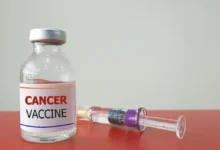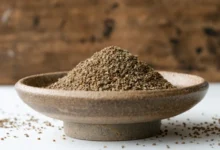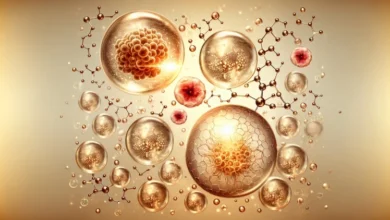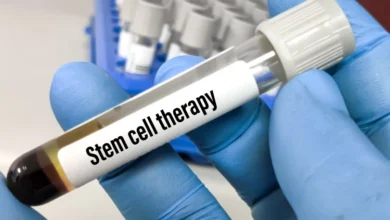New Nonstick Coating Works Like Teflon Without the Harmful Chemicals
University of Toronto Engineers Develop a Safer Alternative to Pfas-based Materials Using a Novel Nanoscale Technique
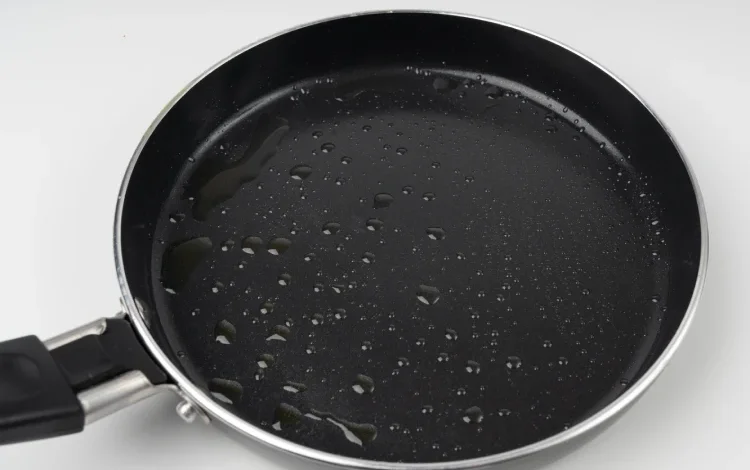
A new safer nonstick coating developed by engineers at the University of Toronto mimics the performance of traditional Teflon while minimizing the use of per- and polyfluoroalkyl substances (PFAS), also known as “forever chemicals.” The coating, based on a silicone polymer and a novel chemistry process, could help reduce exposure to substances linked to cancer, developmental disorders, and environmental harm.
The Problem with PFAS in Everyday Products
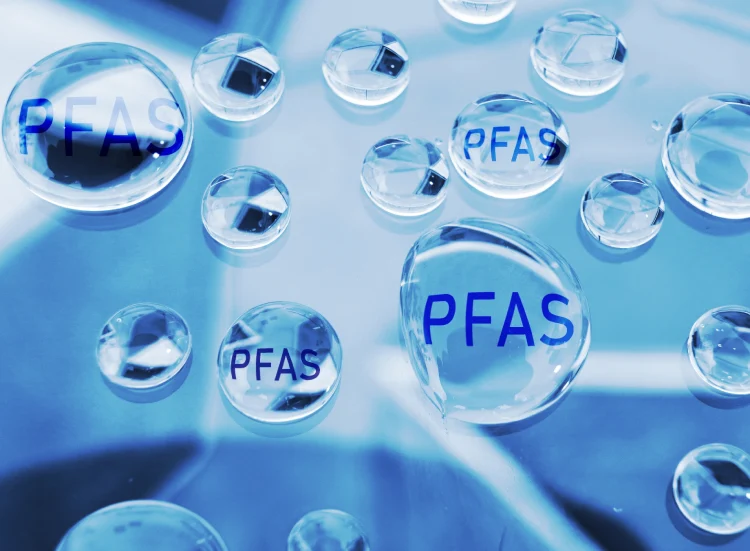
PFAS are a family of synthetic chemicals widely used in cookware, water-resistant fabrics, and food packaging due to their oil- and water-repelling properties. Teflon, or polytetrafluoroethylene (PTFE), is one of the most recognizable PFAS materials.
These substances are extremely stable because of strong carbon-fluorine bonds, which resist natural breakdown and accumulate in the environment and human tissue. Long-chain PFAS have been especially linked to serious health risks, including certain cancers and developmental issues.
Despite growing regulatory pressure to phase out PFAS, safer alternatives that match their performance have been elusive. Most non-PFAS coatings struggle to repel oil effectively, making them impractical for applications like cookware and medical devices.
Silicone-Based Solution With New Chemistry
The U of T team, led by Professor Kevin Golovin and PhD student Samuel Au, turned to polydimethylsiloxane (PDMS), a flexible silicone polymer already used in medical implants. PDMS is biocompatible, heat-resistant, and chemically inert, but until now, it could not match PFAS in oil repellency.
To enhance PDMS, the researchers developed a new technique called nanoscale fletching. This method involves attaching short PDMS chains to a base material, resembling bristles on a brush. Then, a minimal number of fluorinated groups (specifically trifluoromethyl or -CF₃ groups, the shortest possible PFAS units) are chemically bonded to the tips of these chains. These tiny groups naturally migrate to the surface, creating a nonstick layer.
“If you looked at it under a microscope, the structure would resemble the fletching on an arrow,” Au explained. This nanoscale modification allows the material to resist both water and oil, similar to conventional PFAS coatings but with significantly lower environmental risk.
Promising Test Results
The new coating scored a 6 on the repellency scale developed by the American Association of Textile Chemists and Colorists, indicating performance comparable to many conventional PFAS-based coatings. What sets it apart is its minimal use of PFAS, relying only on short-chain variants that are less toxic and unlikely to build up in the body.
While the new coating is not completely PFAS-free, it represents a major step toward safer and more sustainable materials. The researchers are optimistic about its potential for commercial use in cookware and other industries. Future efforts aim to eliminate PFAS entirely while maintaining or improving performance.
Golovin said that the ultimate goal is to develop a coating that outperforms Teflon without using any PFAS, and noted that the new material represents a significant step toward achieving that.
The team is now seeking industry collaborators to help scale the technology and reduce reliance on toxic forever chemicals in consumer products.
[Source]

